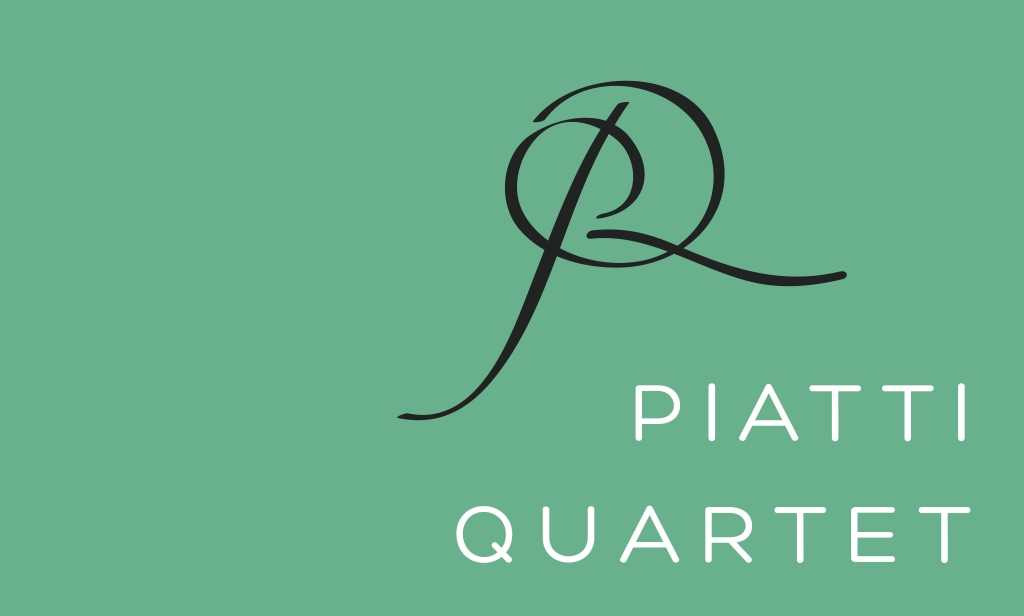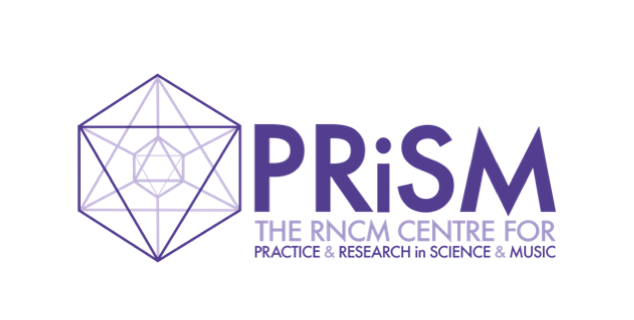Four Musical Proofs and a Conjecture
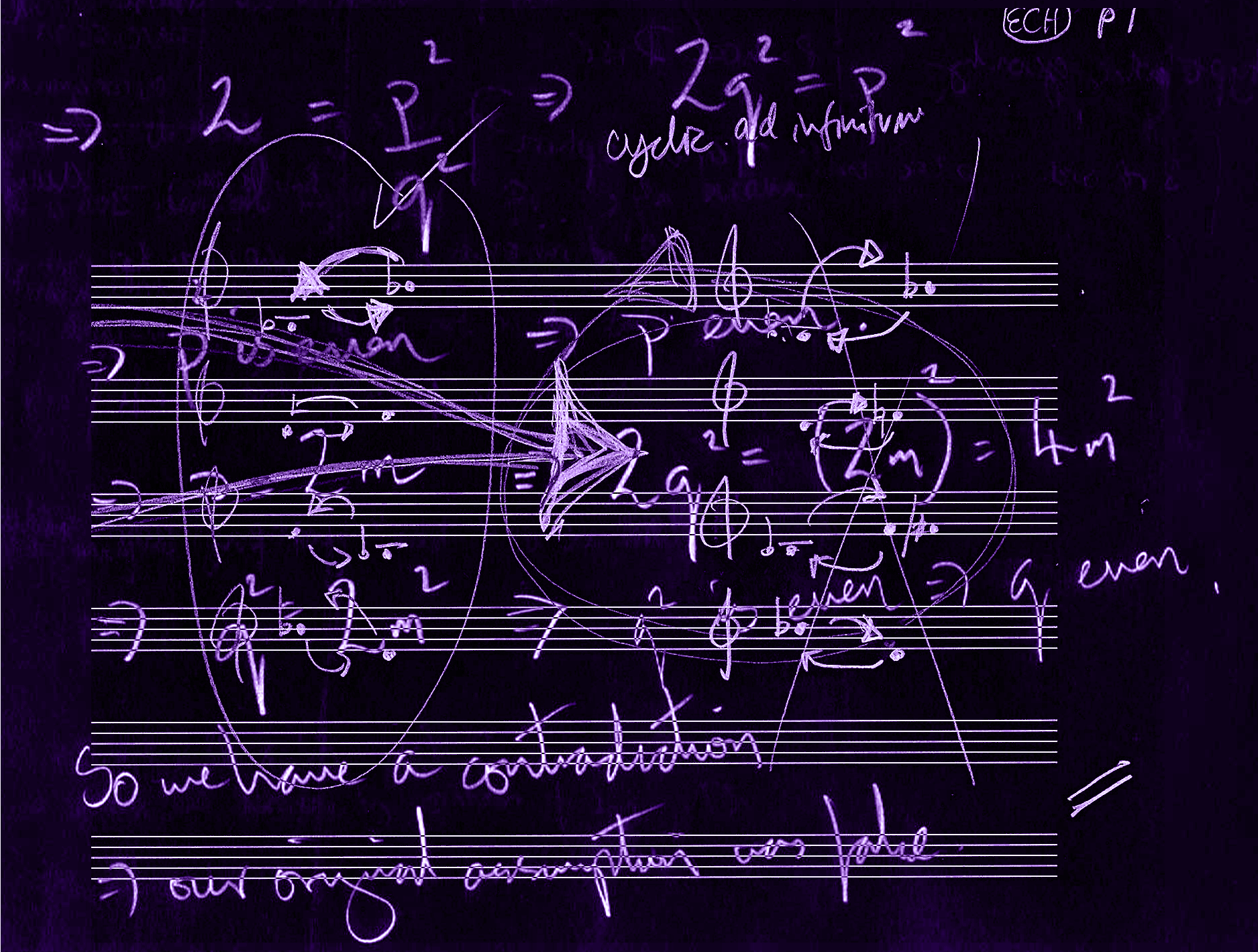
The Music of Proof Collaboration marked the very beginning of PRiSM. It was an integral part of PRiSM’s Launch Event that took place on 4 October 2017.
14 November 2022
This PRiSM Blog explores Four Musical Proofs and a Conjecture, a collection of miniatures for string quartet composed by Emily Howard (Composer and Director PRiSM) that arose out of a collaboration – The Music of Proof – with Marcus du Sautoy (Co-Director PRiSM and the Charles Simonyi Professor for the Public Understanding of Science and Professor of Mathematics, University of Oxford).
In the short films featured in the blog, Howard and du Sautoy introduce Four Musical Proofs and a Conjecture, and each of its five movements, alongside recordings made by the Piatti String Quartet. All of these videos can also be viewed at PRiSM’s official YouTube channel HERE.
This PRiSM Blog coincides with two upcoming events: the Swedish première of Four Musical Proofs and a Conjecture at the MUSAiC Festival in Stockholm on 21 November 2022, and the World Première of Howard’s brand new work shield, a further collaboration with the Piatti Quartet, at the Concertgebouw in Amsterdam, the Netherlands, on 16 November 2022.
Background
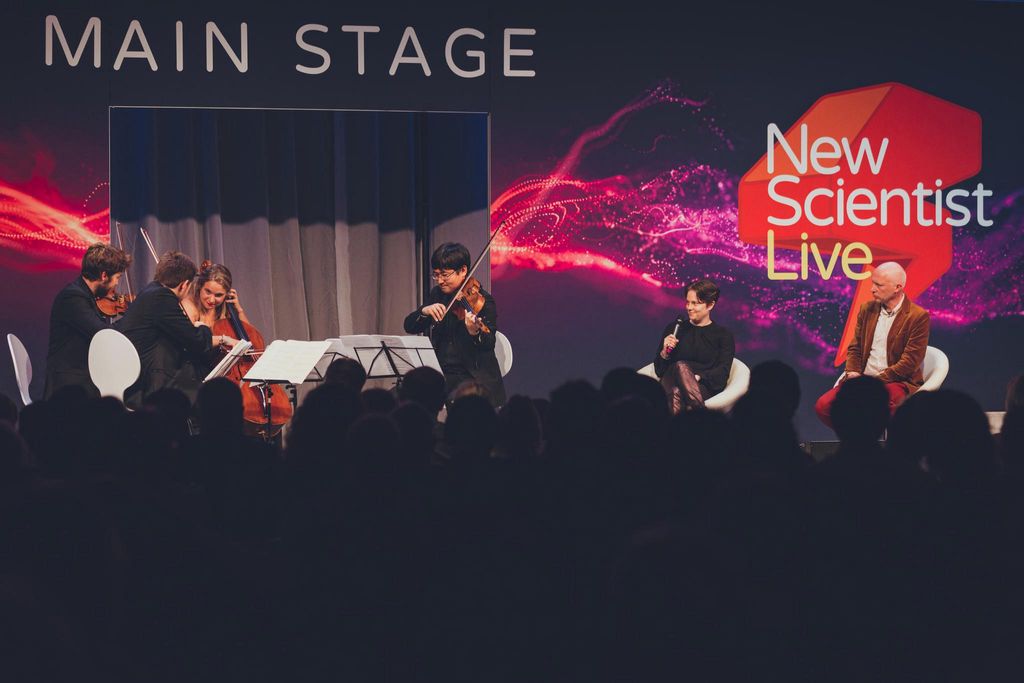
Emily Howard and Marcus du Sautoy in discussion, with the Piatti String Quartet performing the world première of Four Musical Proofs and a Conjecture (2017), at New Scientist Live, the ExCel, London, 28 September 2017.
Four Musical Proofs and a Conjecture is a collection of miniatures for string quartet: five short movements, each associated with a different mathematical idea, each a poetic translation of a mathematical idea into sound.
The work arose out of The Music of Proof, a PRiSM collaboration between composer Emily Howard and mathematician Marcus du Sautoy, an exploration of different forms of mathematical proof through the creation of music with the aim of revealing connections and differences between their practices.
Written for the Piatti String Quartet, Four Musical Proofs and a Conjecture was commissioned by the Nicholas Boas Charitable Trust. The Music of Proof collaboration between Emily Howard and Marcus du Sautoy, and the world premiere performance of Four Musical Proofs and a Conjecture, were supported by New Scientist.
The work was first performed by the Piatti String Quartet, presented by Emily Howard and Marcus du Sautoy, as part of New Scientist Live 2017, at The ExCel, London.
Four Musical Proofs and a Conjecture
An outline of our original presentation
By Emily Howard & Marcus du Sautoy
Four Musical Proofs and a Conjecture can be performed as a continuous string quartet in five movements (around ten minutes), or in The Music of Proof original format outlined below. In this presentation, before a performance of each movement, du Sautoy spoke about the mathematical idea and Howard spoke about how she had responded to it creatively.
Introduction
Marcus du Sautoy (MdS): To be a mathematician is to be a composer of proofs. A proof is a journey from the axioms and established truths of the past to the new revelations of the future. It was Euclid’s great work The Elements that introduced the power of proof as a means to access the eternal truths about numbers and geometry. The axioms are where it all begins: the self-evident truths of mathematics from which we begin our logical saga. The proof is the logical moves that we can make from those axioms. Already in Euclid we find some of the classic archetypes of proofs used by mathematicians down the ages.
Emily Howard (EH): I have created a set of five miniatures for string quartet Four Musical Proofs and a Conjecture by considering the question “What if I approach writing music as though I am proceeding with the construction of a mathematical proof?” I have therefore made it a mission to make logical compositional decisions wherever possible, and this new way of working has enabled me to find new creative insights. Throughout the piece I have used direct quotations from string quartets by Haydn, Beethoven and Schubert, as a way to provide clear arrival and departure points in the music.
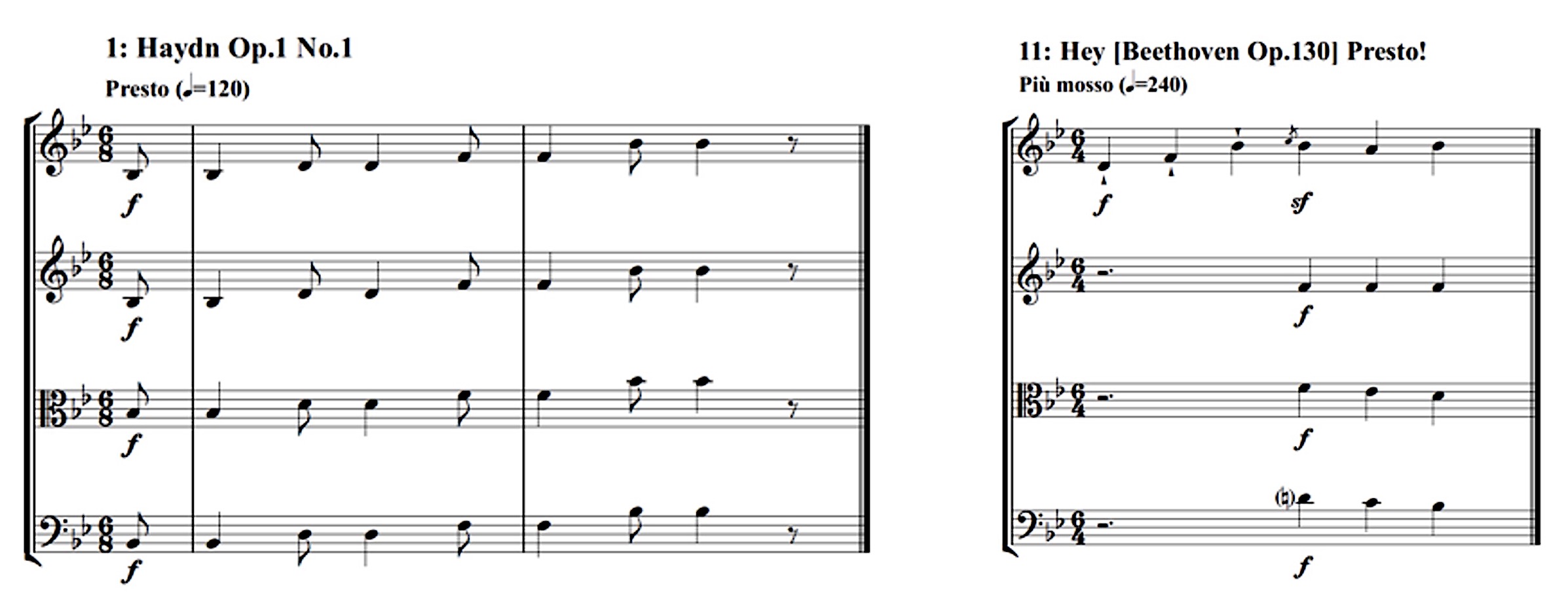
Extract from Emily Howard Four Musical Proofs and a Conjecture
Edition Peters No. 73344
© 2019 by Peters Edition Limited, London
1. Proof by Contradiction
MdS: If you want to prove that a statement about numbers is true then start by assuming the opposite. For example suppose I want to prove that the square root of two is not a fraction. Start by assuming that there is a fraction whose square is 2. Then follow the logical implications of assuming the opposite until you reach an absurd conclusion. The contradiction that you have deduced means that the opposite assumption you made must be false. Hence your original hunch about numbers is the truth.
EH: I chose the opening bars of Haydn’s first published string quartet to represent something ‘axiomatic’ in string quartet composition.
Now Haydn made his own journey through to the end of the movement ie the work itself. I then imagined what it might sound like if I attempted to prove this ending ‘true’, simulating a proof by contradiction. I asked myself ‘Suppose the opposite is true’, and this helped me with a number of creative decisions:
- beginning with extremely high and low sounds (rather than middle register)
- a gradual transition from soft to loud (rather than loud then abruptly soft)
- all four instruments playing at different times (rather than together)
- always getting faster ie a gradual accelerando (rather than having a steady pulse)
I then used these ideas to create music with the aim that it led directly into a musical contradiction of Haydn’s axiomatic opening bars (bars 22-25 “Reductio ad absurdum”, repeat ad infinitum). And therefore, in my compositional game, we accept the ending of the Haydn as “true”.
2. Geometric Proof
MdS: The Elements is full of geometric proofs that show how by combining simple geometric steps you can construct complex mathematical shapes. Each proof shows how by combining a sequence of drawing straight lines or arcs of circles you can gradually build such complex shapes as a pentagon or a hexagon.
EH: So how did I approach Geometric Proof musically? Shape is important within geometric proof, and so this made me think about taking two very short musical fragments and concerning myself with their musical shapes. I had a conversation with the Piatti String Quartet about repertoire they love. They mentioned a very fast movement from one of Beethoven’s last quartets as one of their favourites. So I asked myself “How can I get from a fragment of Haydn already used in the previous proof to a fragment of Beethoven by changing the shape of the musical fragment systematically using discrete steps?
3. Proof by Induction
MdS: Proof by Induction allows the finite mathematician to navigate the infinity of mathematics. You might have a formula that you want to prove works whatever number you insert into the formula. But how can you check it for the infinite choice of numbers that mathematics offers. The proof by induction works on the principle of how to get someone to climb an infinite ladder. First you show them how to get onto the first rung of the ladder. Then you show them how if they’ve got to the nth rung they can get to the next rung up (the induction step). It’s the combination of these two instructions that allows someone to climb as high as they want.
EH: Mathematics is informed by what has come before. We don’t always go back to the axiom, and therefore I chose to make good use of the (ascending) musical fragment of Beethoven reached at the end of Proof 2. Is it true for any n? We hear the first rung of the ladder being checked, with the ascending melodic idea appearing in a low register on the cello. To check the induction step, I’ve taken the initial “Beethoven rung” as “true”. I’ve twisted and turned it musically, and it steps outside of the Beethoven sound world before being reassembled into the next Beethoven rung.
4. Proof by Algebraic Transformation
MdS: Some of the most exciting proofs take two seemingly unrelated formulas and show they are two sides of the same equation. By using algebraic transformations the proof gradually mutates one formula step by step until eventually the second formula emerges. Each algebraic step seems obvious and yet the combination of all these transformations can create a new tunnel connecting disparate bits of the mathematical universe.
EH: Beginning with a full section from the fast movement in Beethoven’s string quartet (from Proof 3), I have created a series of musical transformations that gradually turn this Beethoven into the slow movement of a Schubert string quartet (another recommendation from the Piatti String Quartet).
5. Conjecture
MdS: Although proofs are the ultimate goal of mathematics, the conjecture is its lifeblood. It is the unresolved questions that make mathematics a living breathing subject. They are the challenges which push mathematicians to create new ideas, like the square root of minus one or the calculus, in order to venture into the mathematical unknown.
EH: The question I asked myself is this: “What kind of music will I get if I take the Schubert melody as my starting point and apply a number of new (new to the world of Schubert) processes to it?” In Proof 3, I have already stepped outside of the sound world of the ‘classical string quartet’ language briefly to ‘prove’ the induction step. In Conjecture, the work moves into a musical unknown.
© Emily Howard & Marcus du Sautoy 2019
Reproduced with kind permission from Edition Peters Ltd., London.


